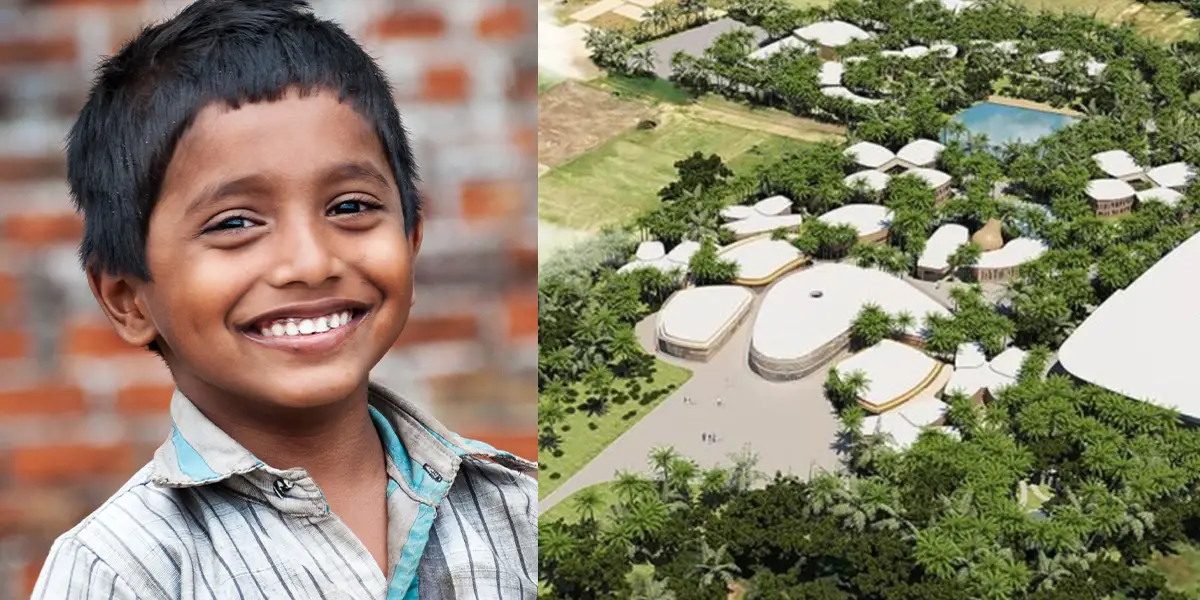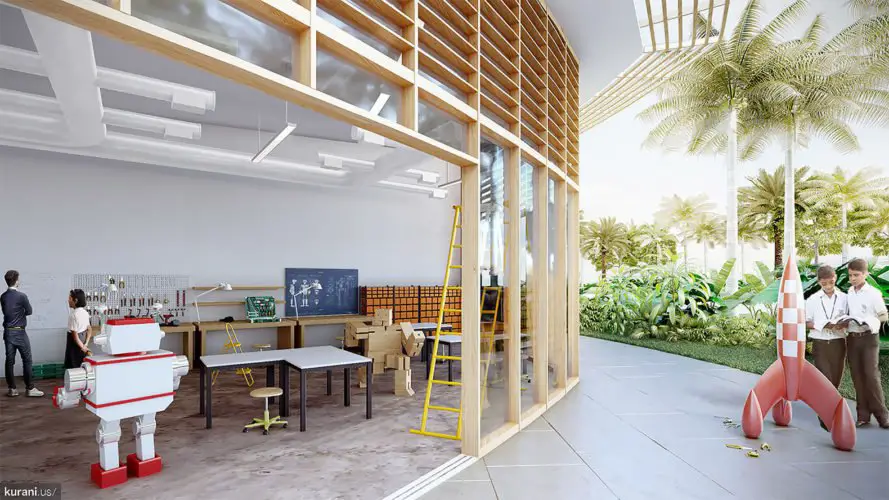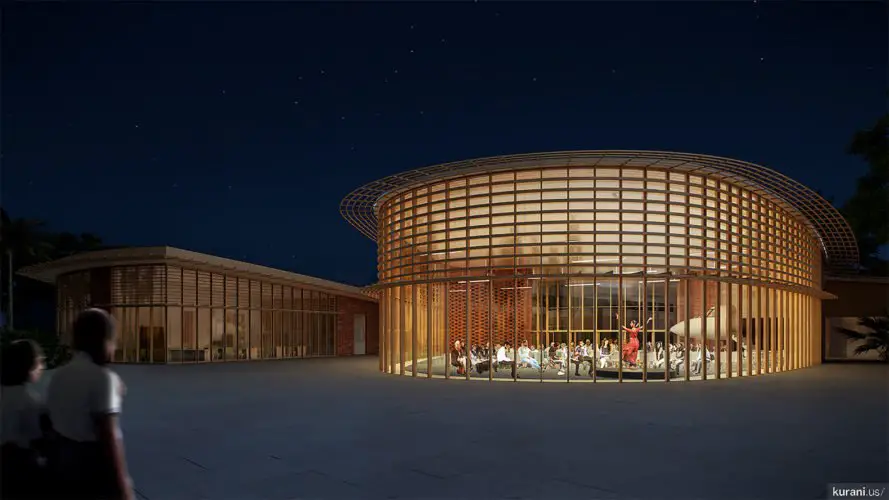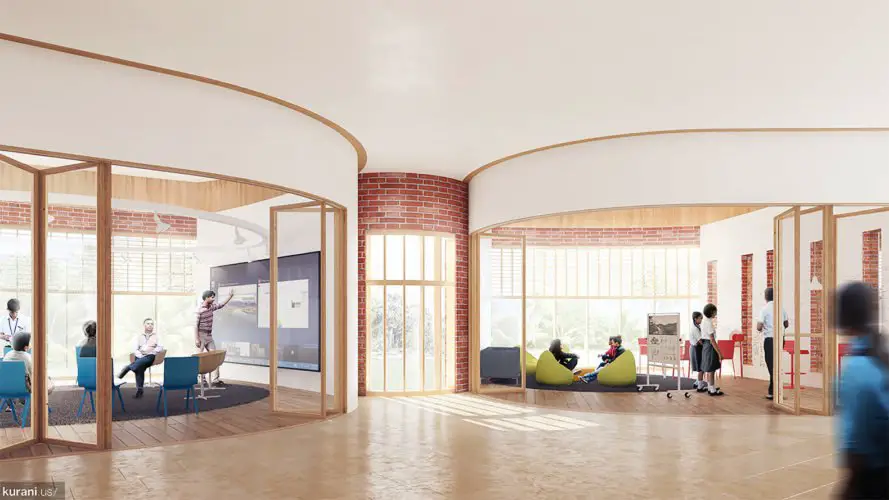This Indian School Focuses More On Individual Happiness Than Marks
Tags: News

Most Indian schools and schools abroad have a similar structure to their schools. A giant hall, classrooms, canteens, maybe a gymnasium and a huge field.
Not Riverbend, Chennai. This Indian school is going to do away with everything traditional and orthodox- be it infrastructure, or curricula. This school will base its program on scattered, small buildings with their own specializations- some for science, some for humanities, some for other arts like meditation, history, etc.

The main purpose of this entire set-up is to ensure that the middle school and high school students are comfortable and happy in their surroundings. According to Danish Kurani, what mattered most was happiness- not grades.
Also Read: Study Suggests Home Libraries Could Help Develop Literacy And Numeracy Skills In Growing Children
The construction is said to be completed by 2020. The first class will hold around 300 students, along with the staff, and faculty.
Students will be provided with boarding on weekdays, but they have to go back home during weekends. The entire project is the brainchild of US-based educational space firm Kurani.
The entire area will be shaped like a village, where a central plaza will be the focal point to classrooms, housing, and agricultural land- where students will farm.
This Indian school, focusing on the Harvard study talking about relationships being important to a human’s development, has communal spaces called ‘chat labs’. Here both the student and the faculty would be able to come and discuss things.
The co-founders of this school, Indira, Vivek, and Kiran Reddy have an entrepreneurial background and henceforth believe that a student would only want to learn about things they care about. Thus this Indian school will allow its students to study what they care about.

What’s entirely unique about this school is that students won’t spend their days learning about mundane maths formulae. They will rather spend their time learning about stuff that actually matters- development, housing, global poverty, food security, global warming etc. Things that are of importance and are a necessity.
They might also be taught how to be a playwright or a coder, or maybe be the next Neil Armstrong. It all depends on whatever they decide to choose.
A normal Indian school offers almost the same educational variance as any other school. Hence, the infrastructure too is similar. Not here though. Kurani mentions the need for a different structure altogether, for if the focus was to be given on the mental development of a child along with their happiness, things need to be different.
Also Read: New California Law Ends School Lunch-Shaming Guaranteeing Meals For All Students
Students will also be provided with ample opportunities to move into up and coming streams of professions, like culinary, recording artists, and even storefronts for budding entrepreneurs. The architecture of this Indian school is such that no building would be above the second floor to make it more intimate.
On the matter of exams, the co-founders and the designers are on a similar platform. Both believe that the orthodox way of taking exams won’t really help them and might actually discourage them. Rather, the traditional notion of pedagogy will change, with a teacher being simply a facilitator rather than a full-fledged instructor.

There will be a research institute inside the campus which will be charting the success of this school based on its new techniques. If the success level is high enough, this will be shared with other educators throughout the world.
The Indian school’s main motive is to build a happier generation that isn’t strictly fixated on regurgitating syllabi in exams. A generation that is capable of understanding and analyzing things on their own.
Images and video: Kurani , Elena Odareeva
Leave Comment: